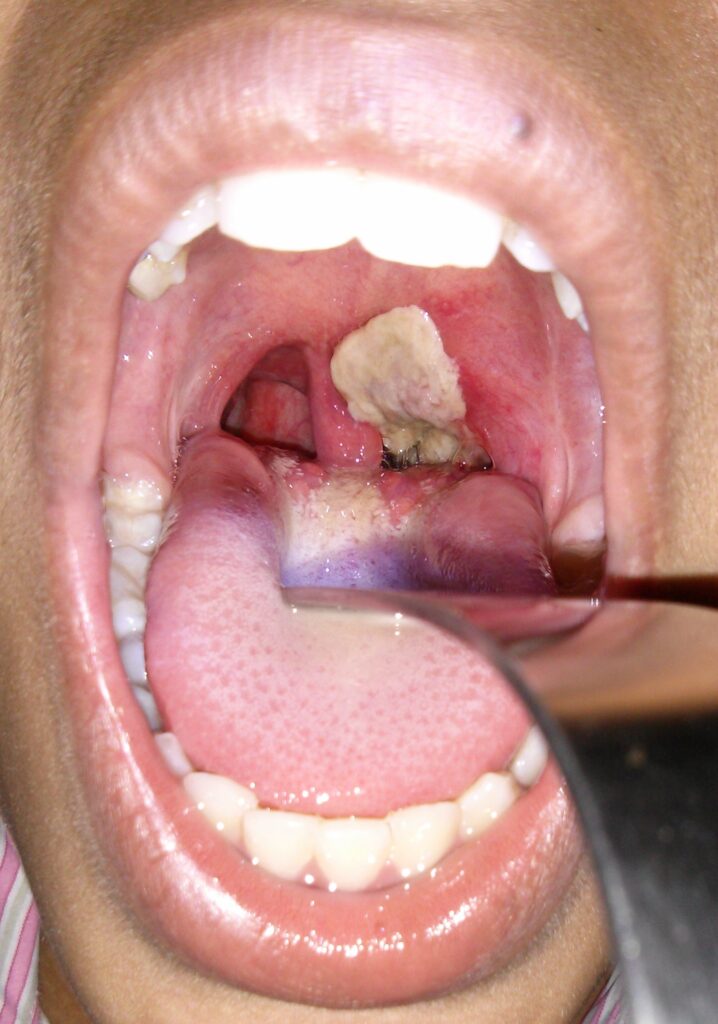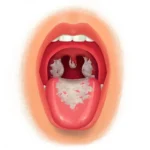Diphtheria, caused by Corynebacterium diphtheriae, is a bacterial infection known for its potential severity. While widespread vaccination has reduced its incidence, asymptomatic carriers remain a significant public health concern. These carriers harbor the bacterium without showing symptoms but can still transmit the disease. Understanding the diphtheria carrier state is crucial for controlling outbreaks and preventing transmission.

What is the Diphtheria Carrier State?
A diphtheria carrier is an individual who harbors C. diphtheriae in their respiratory tract or on their skin but does not exhibit clinical symptoms. Carriers serve as reservoirs of infection, posing a risk to unvaccinated or immunocompromised individuals.
Types of Diphtheria Carriers
- Acute Carriers – Individuals who have recently recovered from diphtheria but continue to shed bacteria for a short period.
- Chronic Carriers – Individuals who harbor C. diphtheriae for an extended duration without developing symptoms.
- Convalescent Carriers – Those recovering from diphtheria who may still carry the bacteria for weeks or months.
How Diphtheria Carriers Spread the Infection
Diphtheria carriers play a crucial role in transmission, particularly in communities with low vaccination coverage. The bacterium spreads through:
- Respiratory Droplets – Coughing, sneezing, or close contact with an infected individual.
- Direct Contact – Touching contaminated objects or lesions of a cutaneous diphtheria patient.
- Asymptomatic Shedding – Carriers unknowingly spreading bacteria, increasing the risk of sporadic outbreaks.
Diagnosis of the Carrier State
Detecting a diphtheria carrier requires laboratory confirmation through:
- Throat or Nasal Swabs – Culture testing on selective media to identify C. diphtheriae.
- Polymerase Chain Reaction (PCR) Testing – Detecting bacterial DNA for more rapid confirmation.
- Toxin Production Tests – Determining if the strain is toxigenic.
Routine screening is essential in outbreak settings, especially among close contacts of diphtheria patients.
Management and Treatment of Carriers
Antibiotic Therapy
- Erythromycin (40–50 mg/kg/day for 7–10 days) or
- Penicillin G (for severe cases, followed by oral penicillin V)
Antibiotic treatment is crucial for eradicating bacterial carriage and preventing further transmission.
Vaccination
- Carriers should receive a diphtheria toxoid booster if their vaccination history is incomplete or unknown.
Isolation and Monitoring
- Carriers should avoid contact with susceptible individuals until they test negative for C. diphtheriae.
- Retesting after antibiotic treatment ensures bacterial clearance.
Public Health Implications and Prevention
Controlling diphtheria requires a multifaceted approach:
- Vaccination Campaigns – High coverage with diphtheria-containing vaccines (DTaP, Td, Tdap) prevents carriage and transmission.
- Surveillance and Rapid Response – Identifying carriers in outbreak situations and administering prophylactic antibiotics to close contacts.
- Hygiene Measures – Promoting handwashing and proper respiratory etiquette to reduce bacterial spread.

